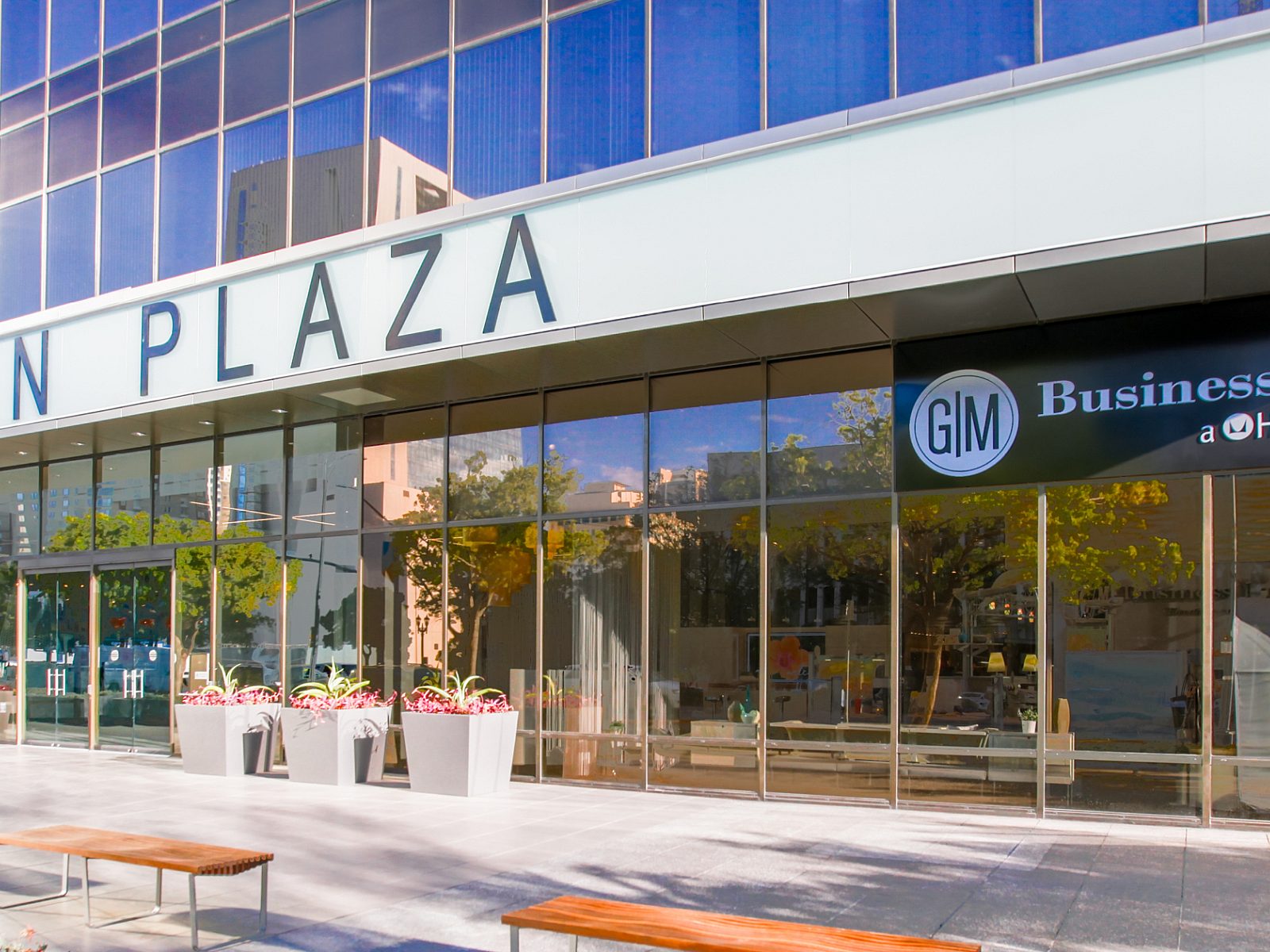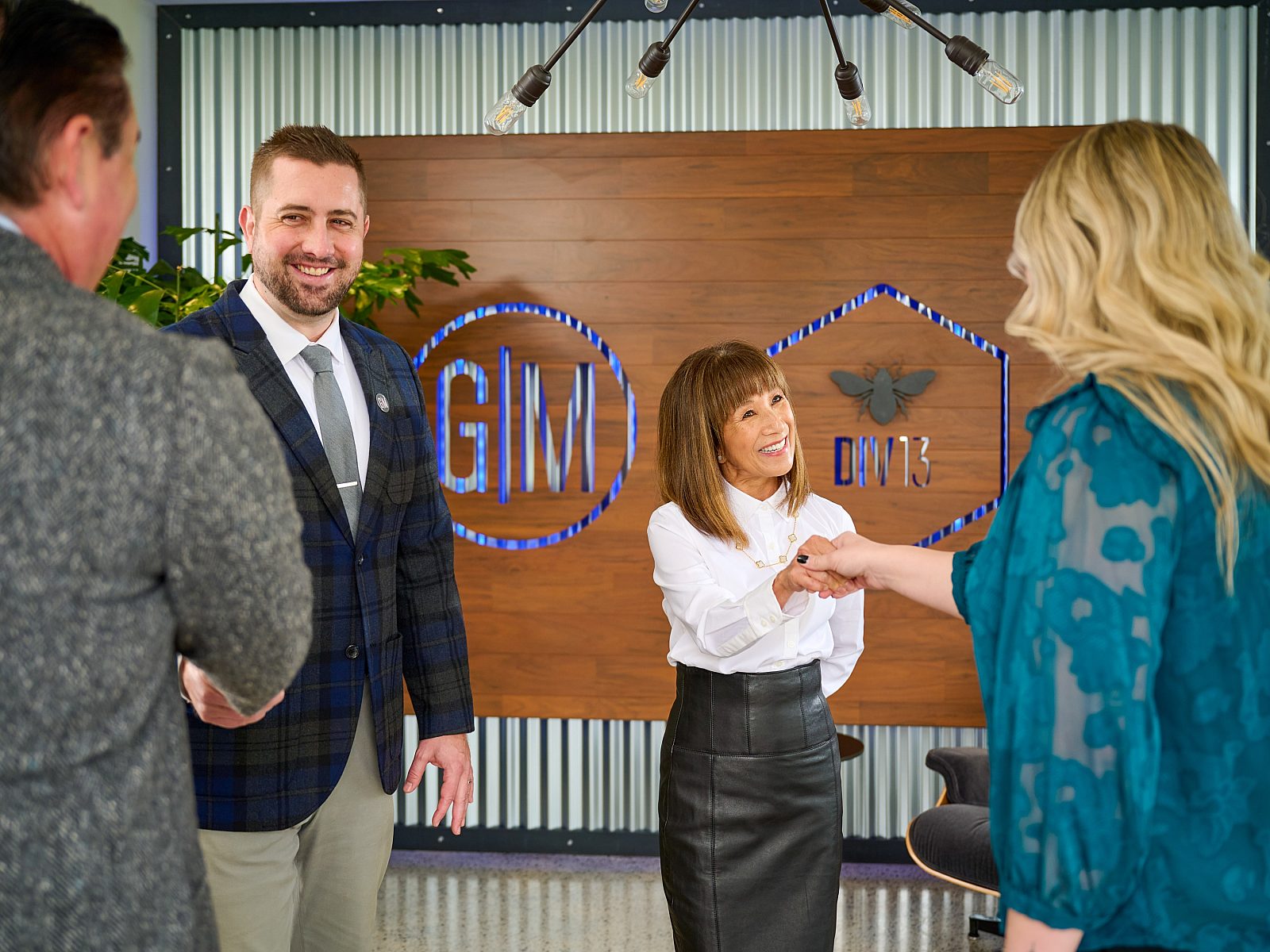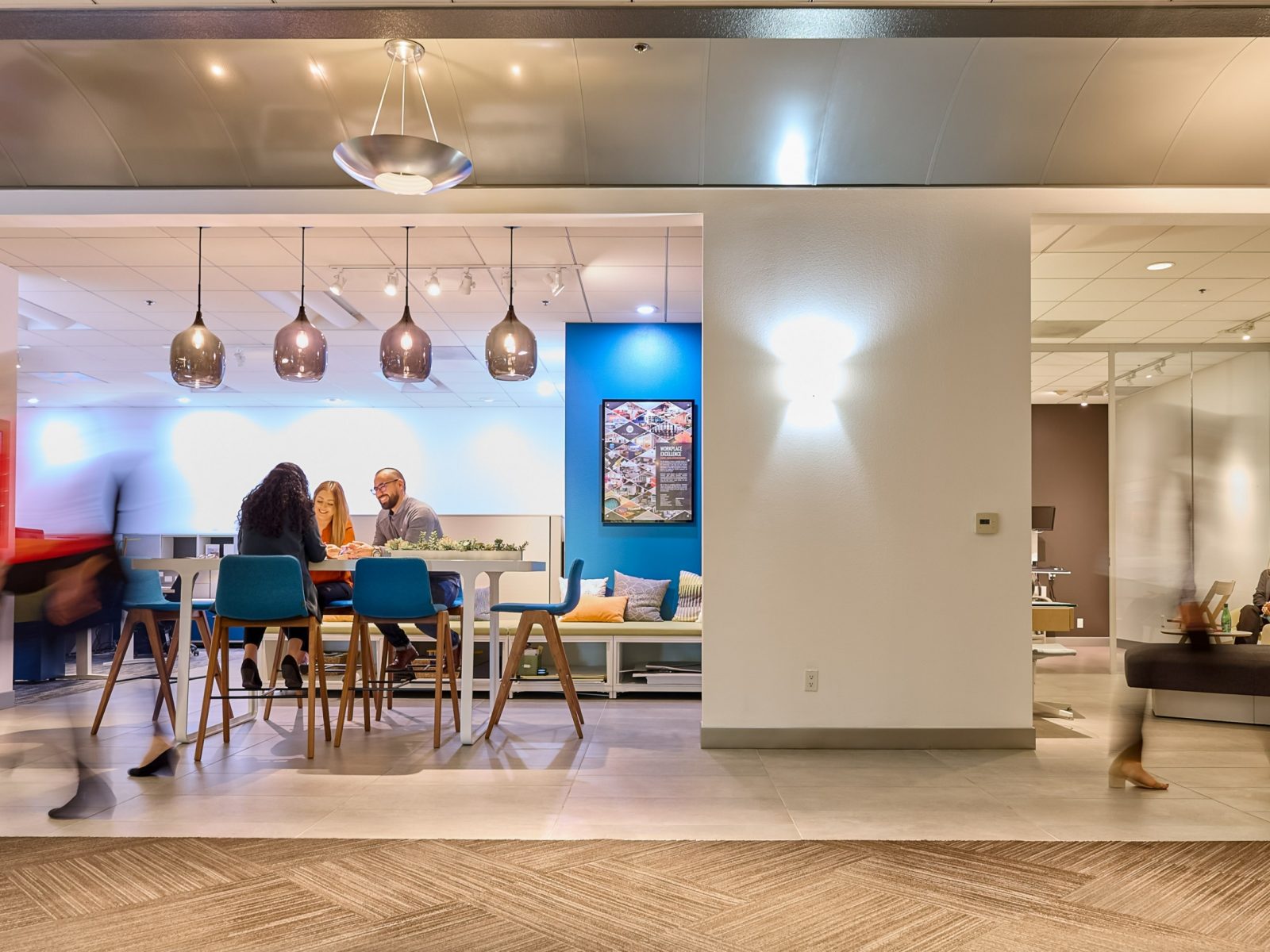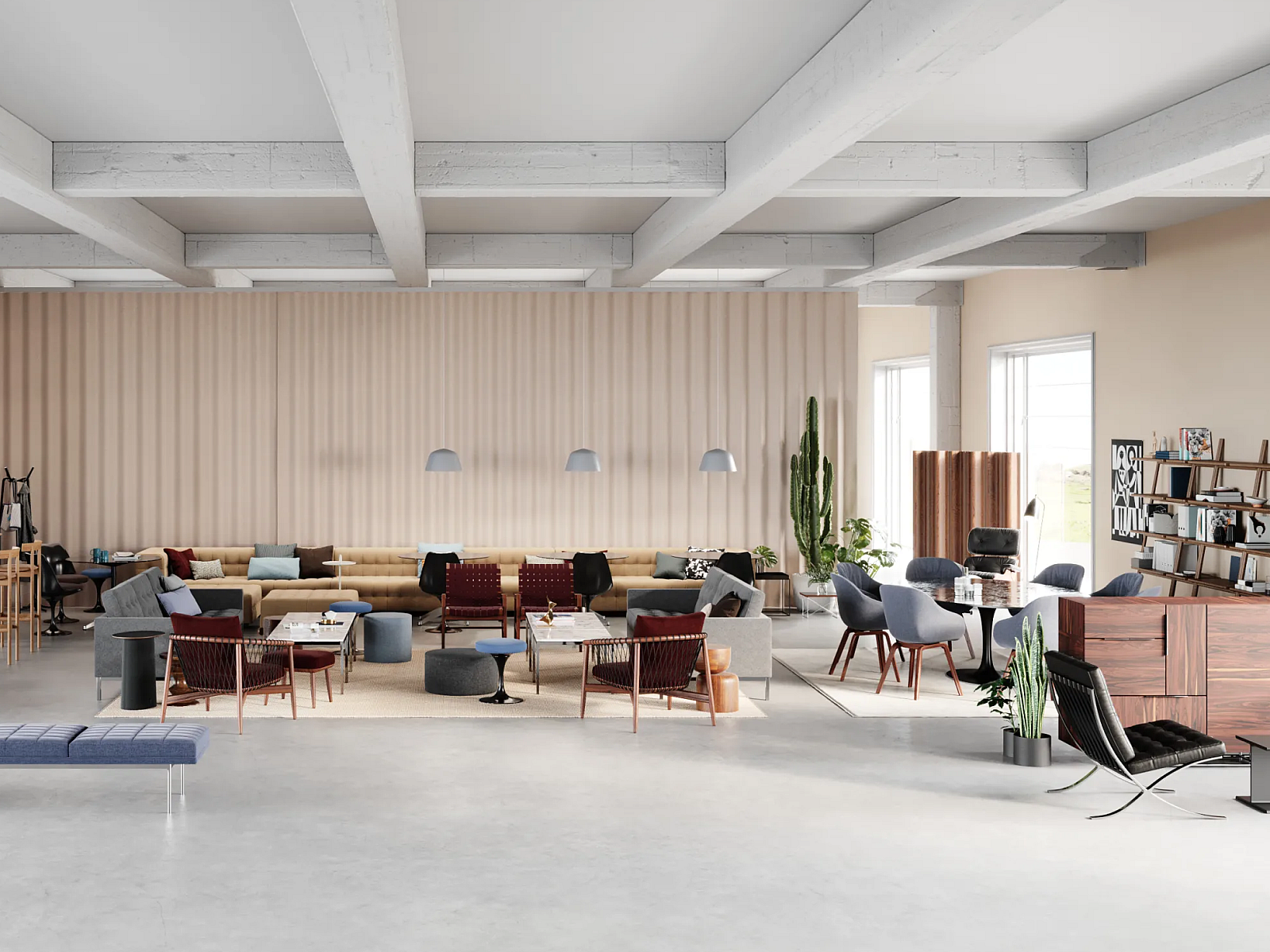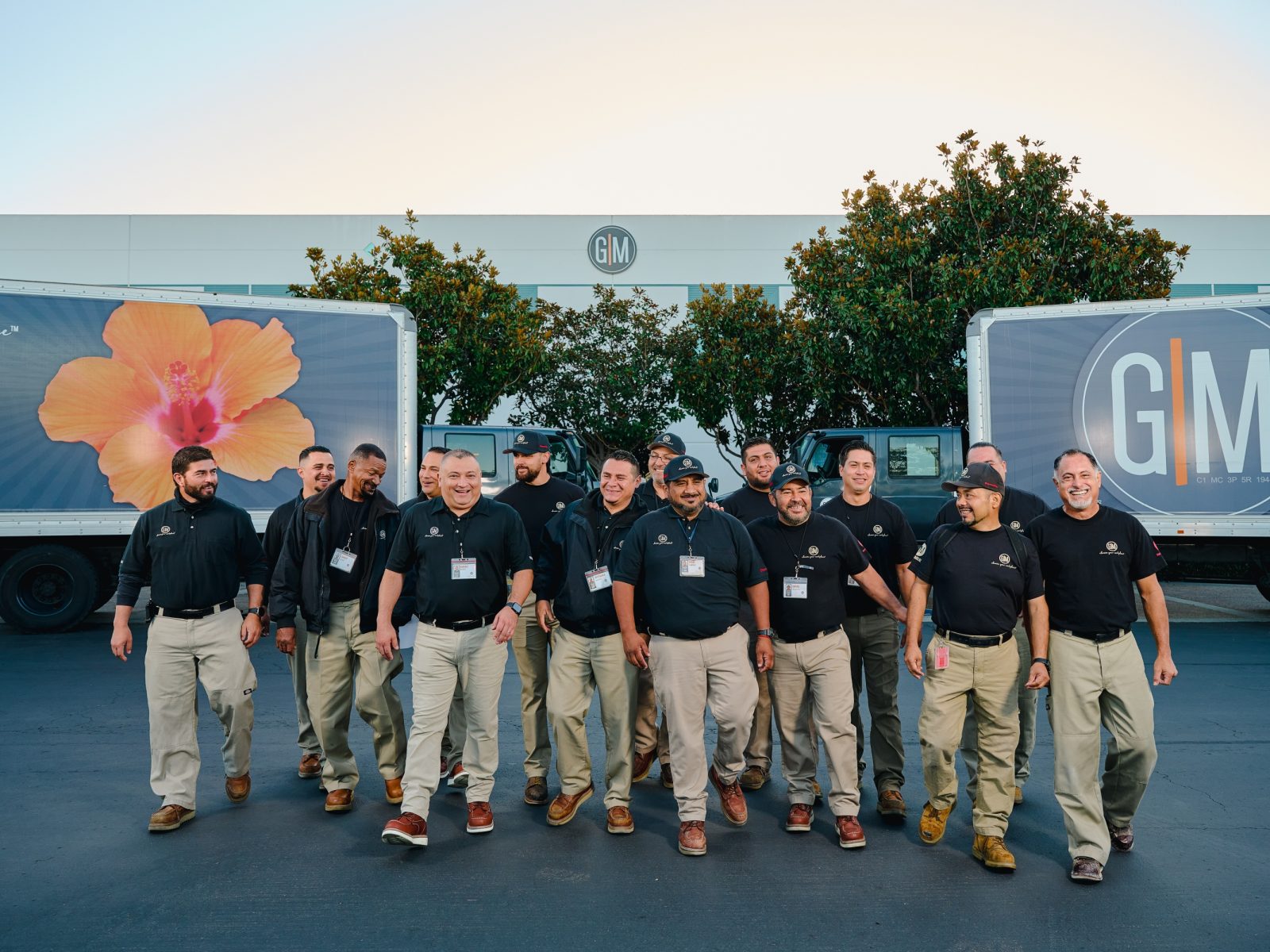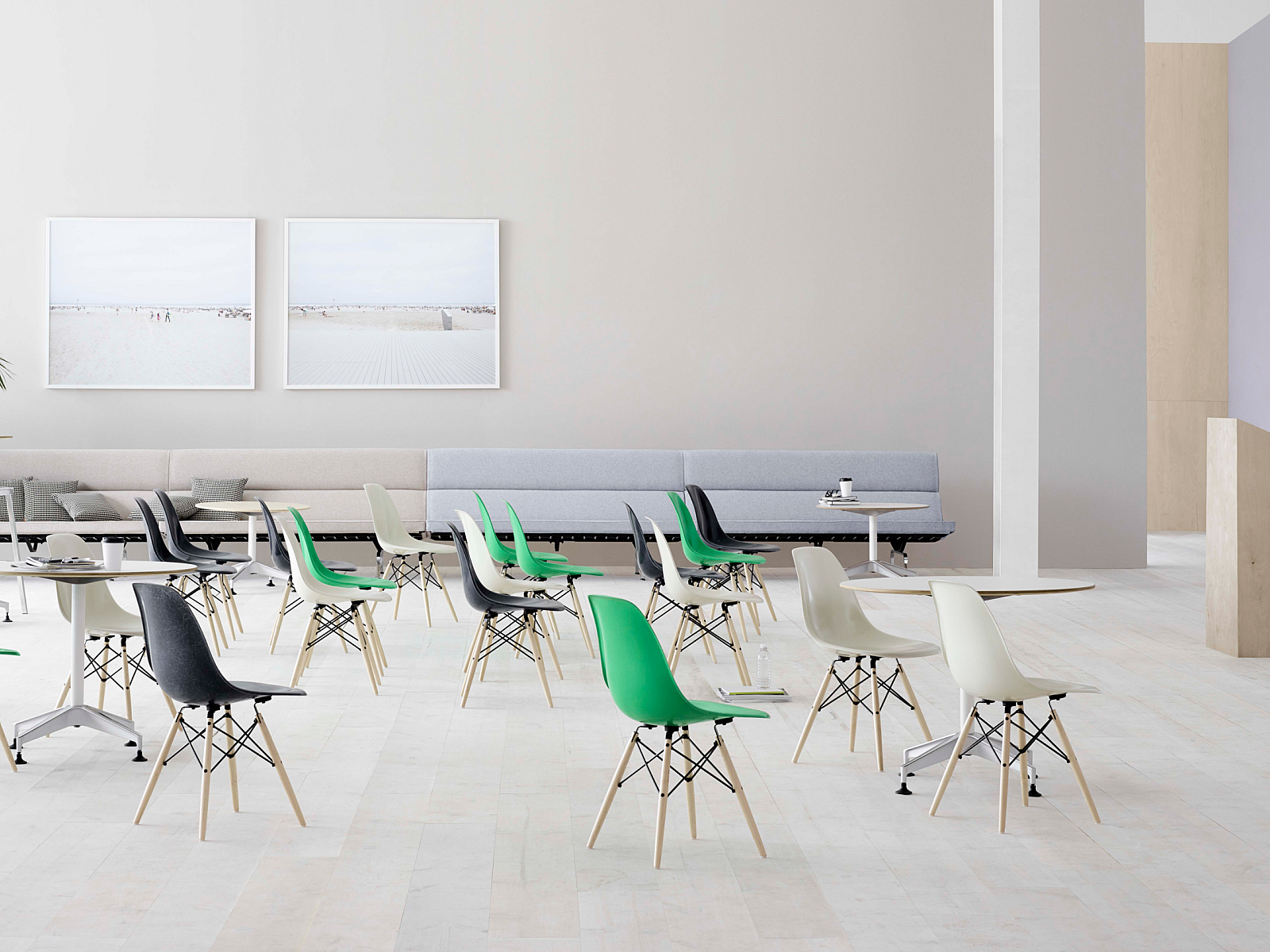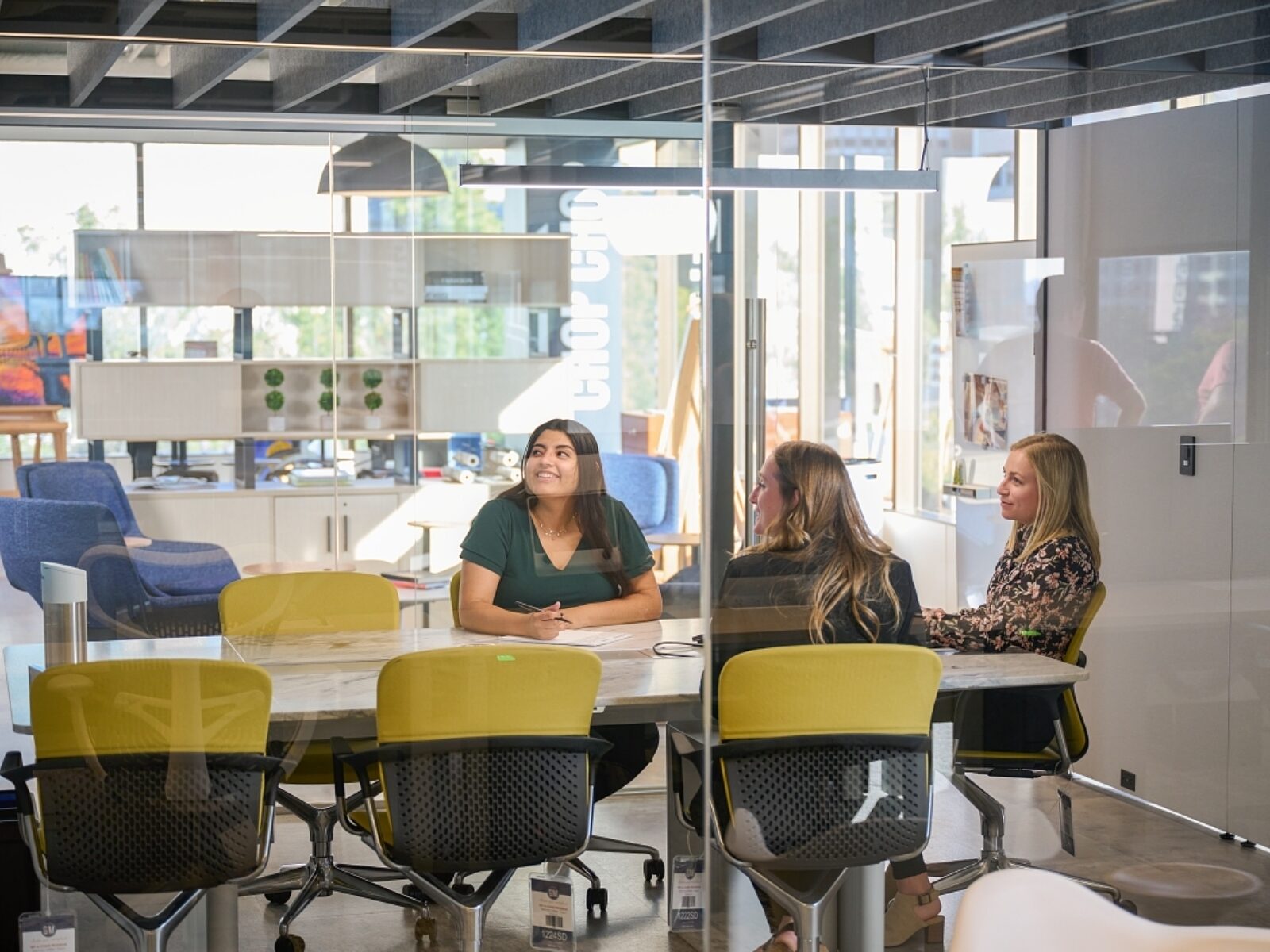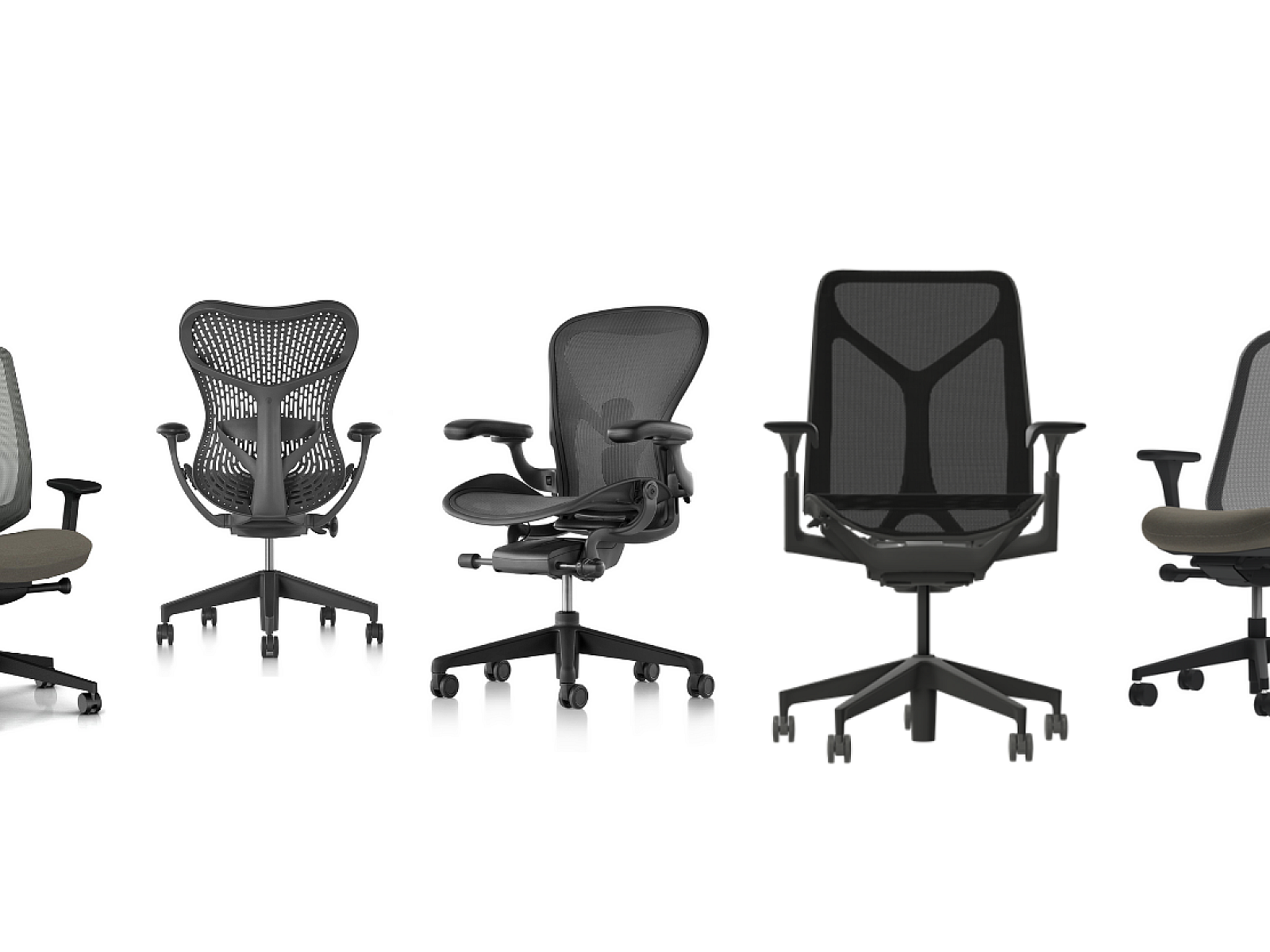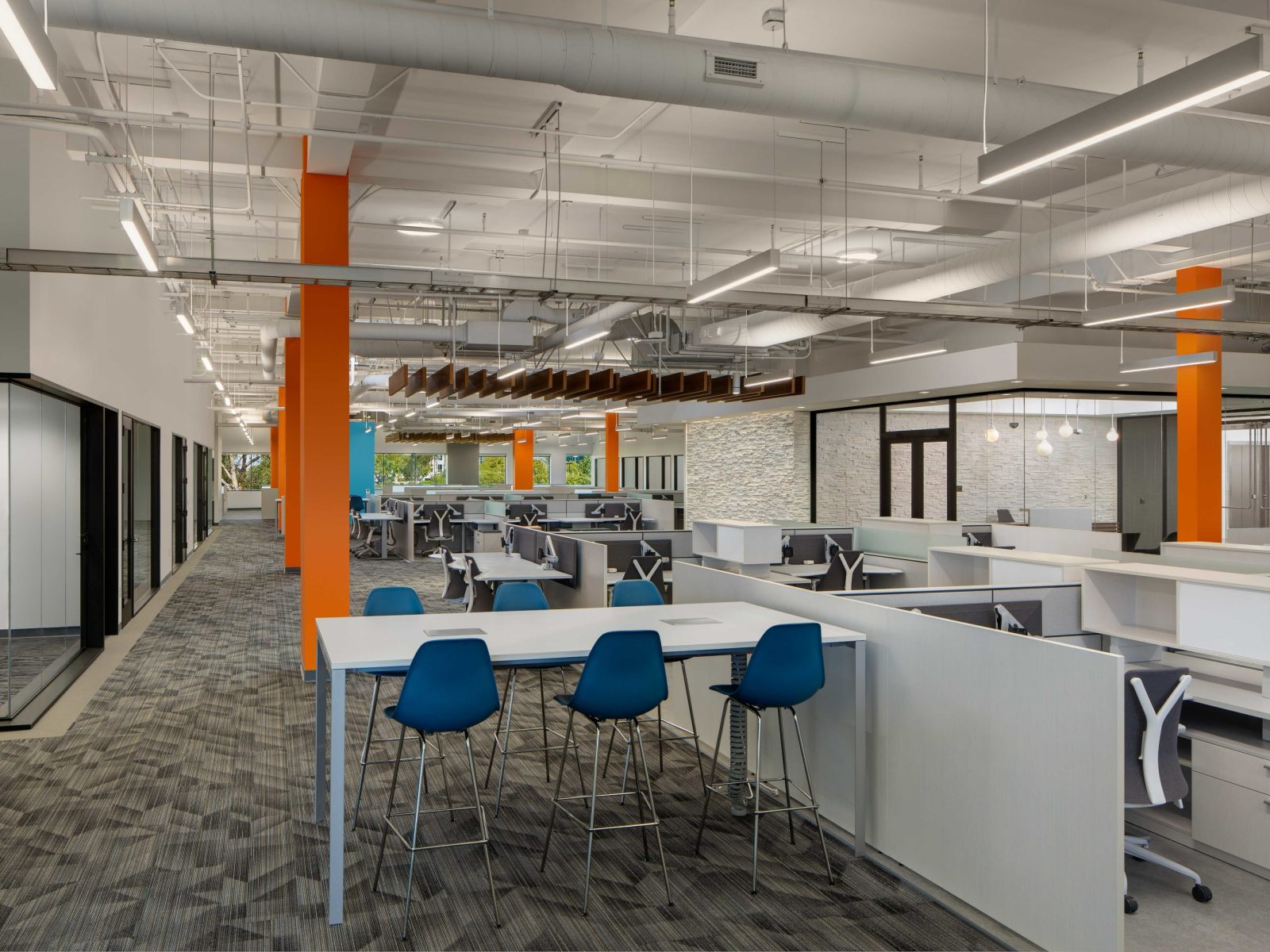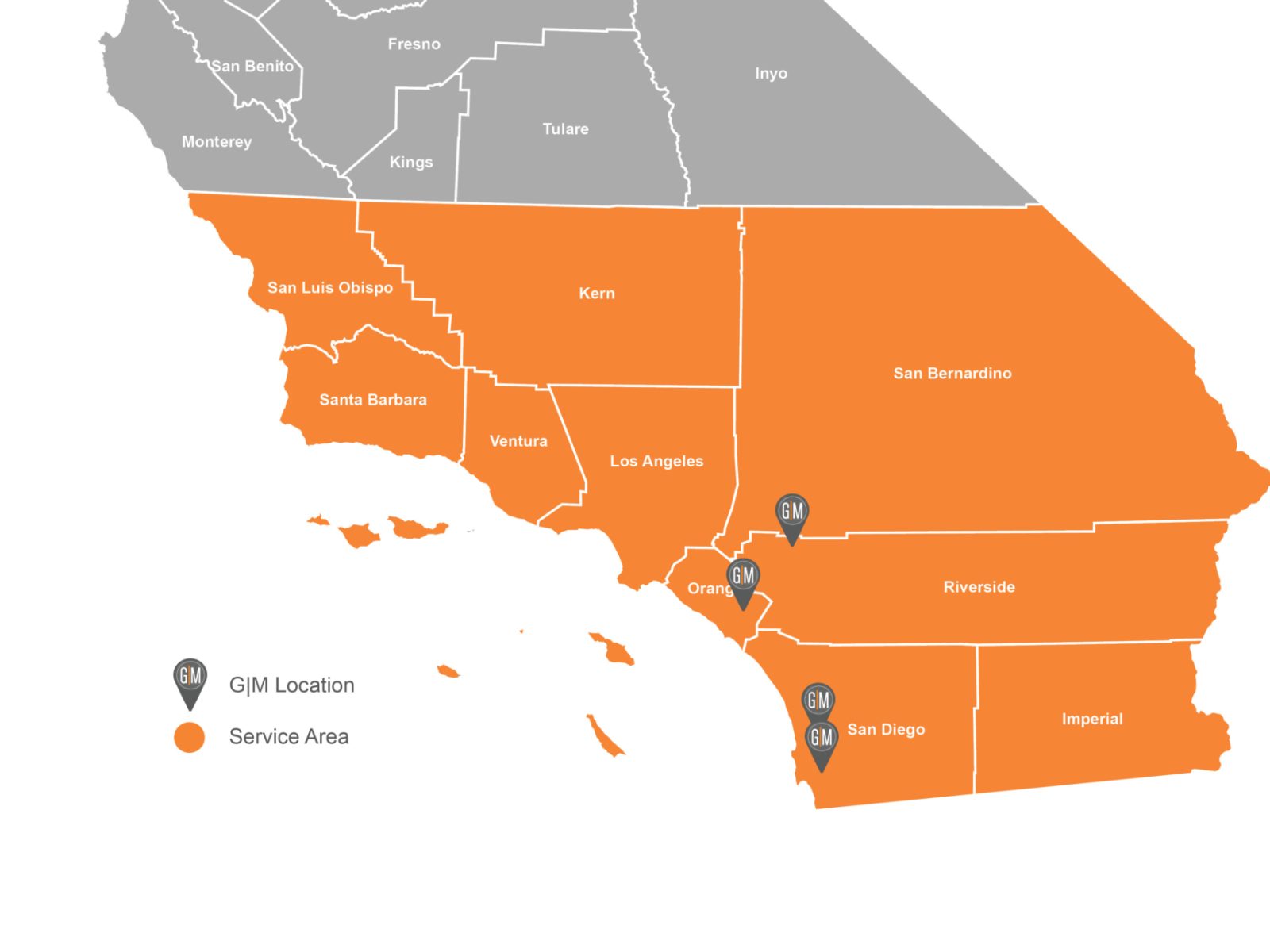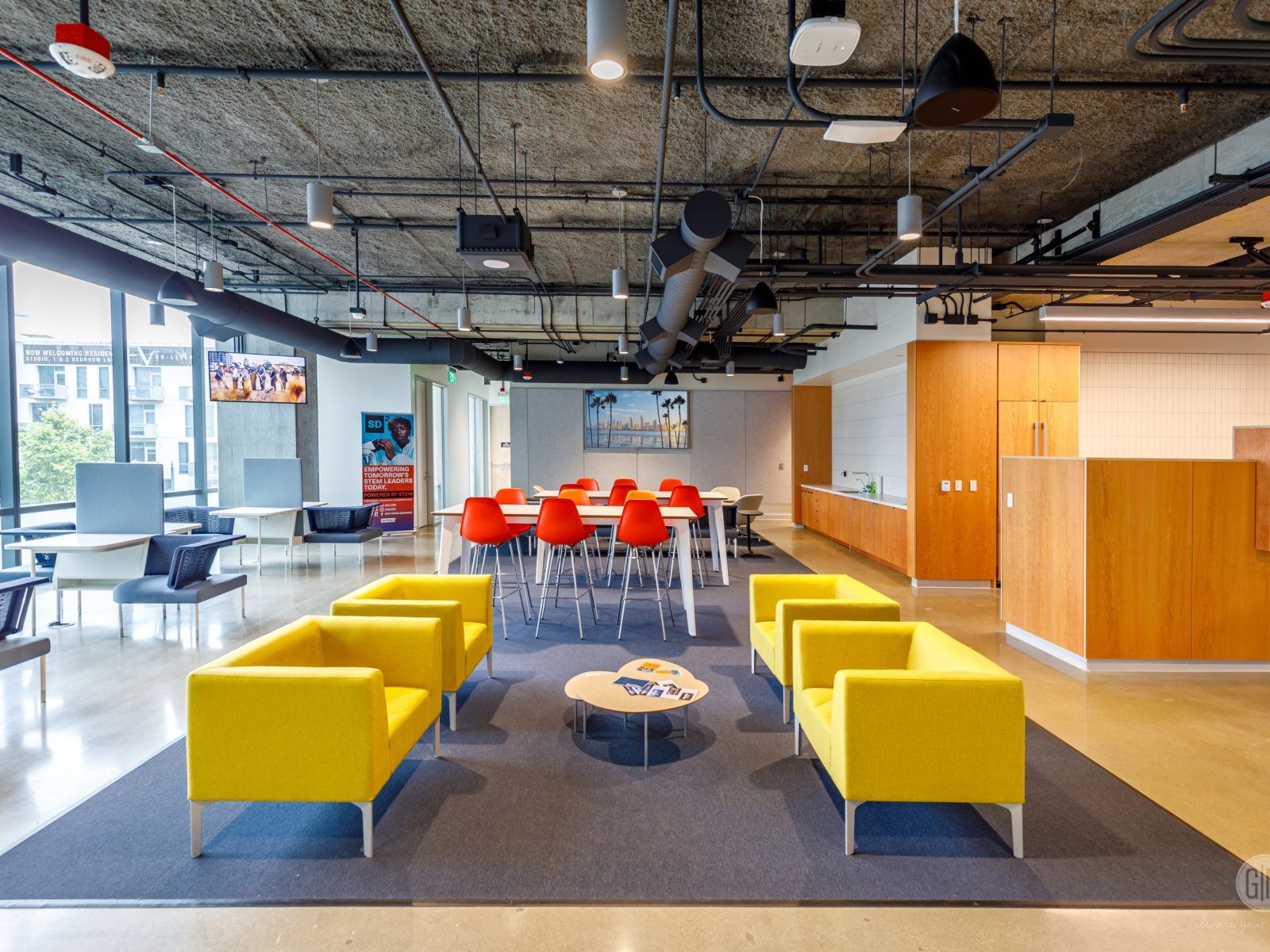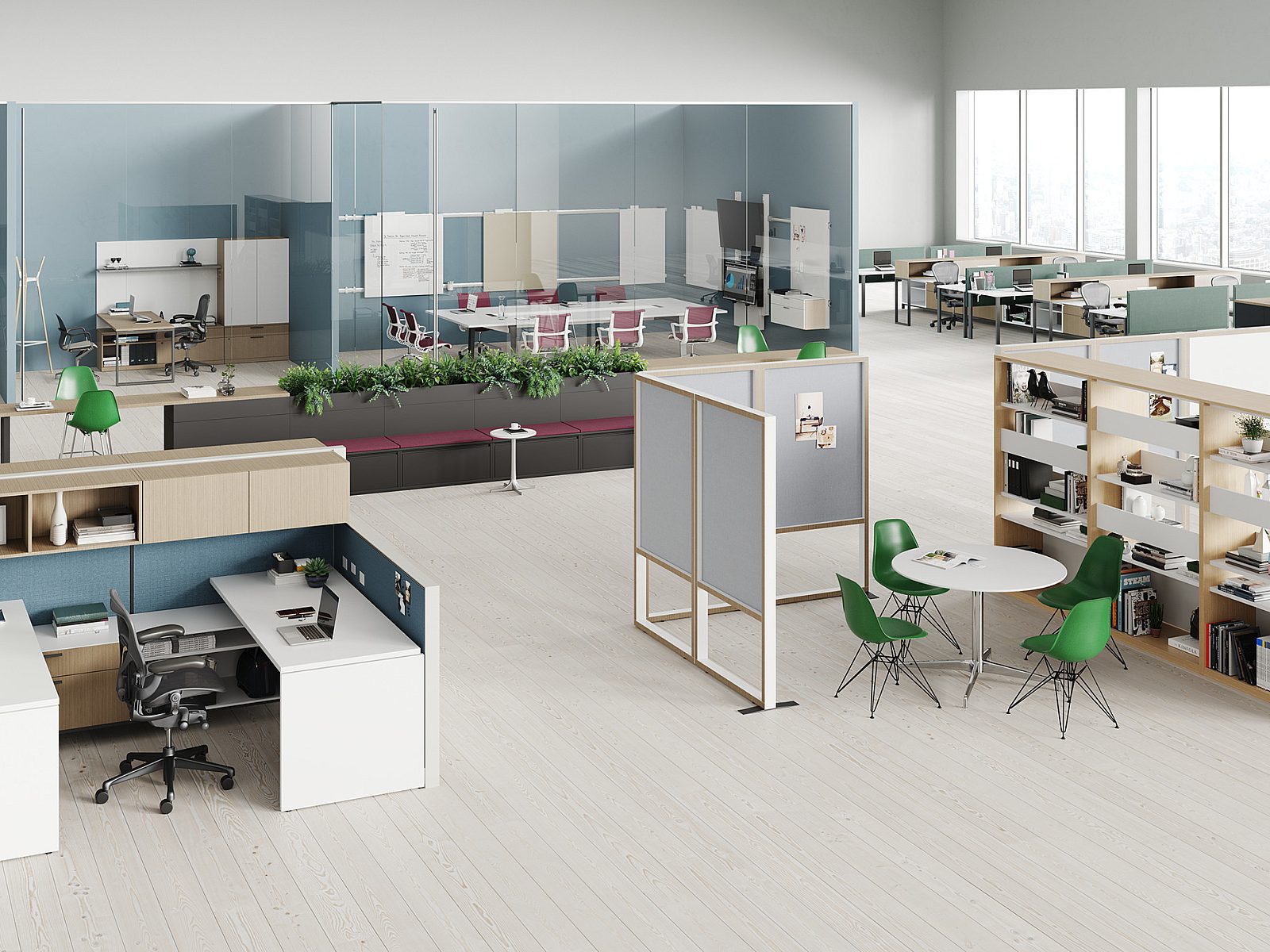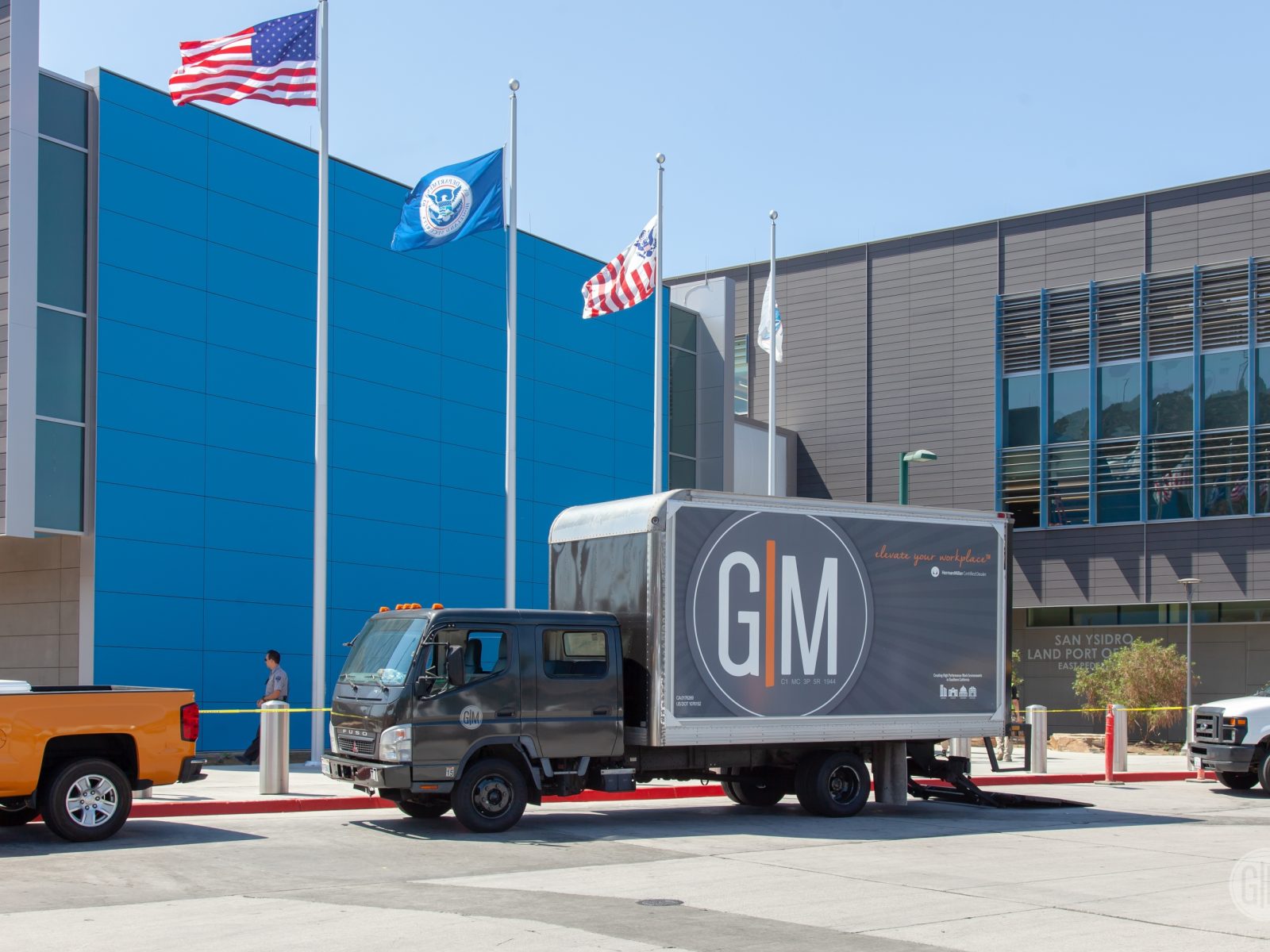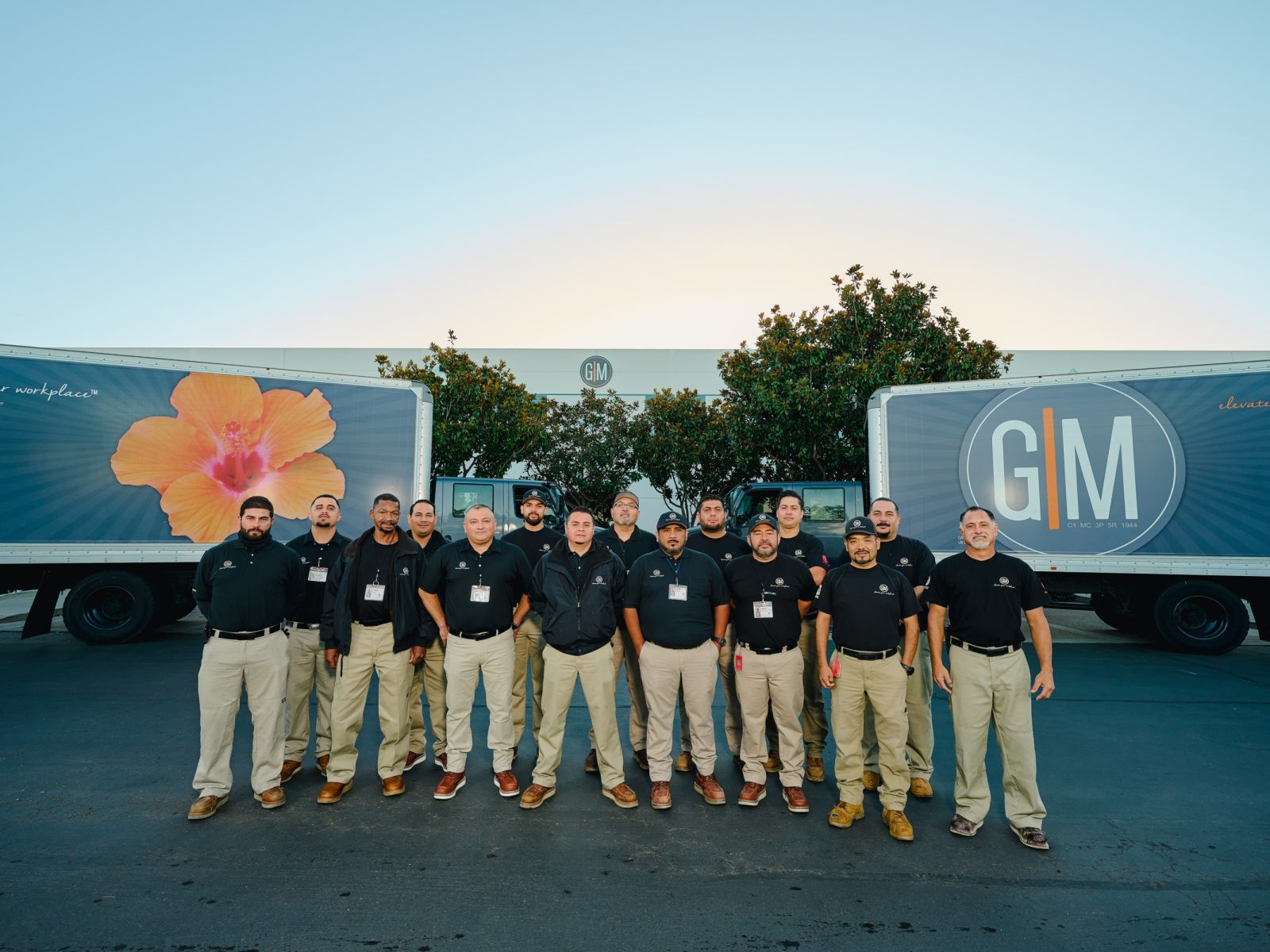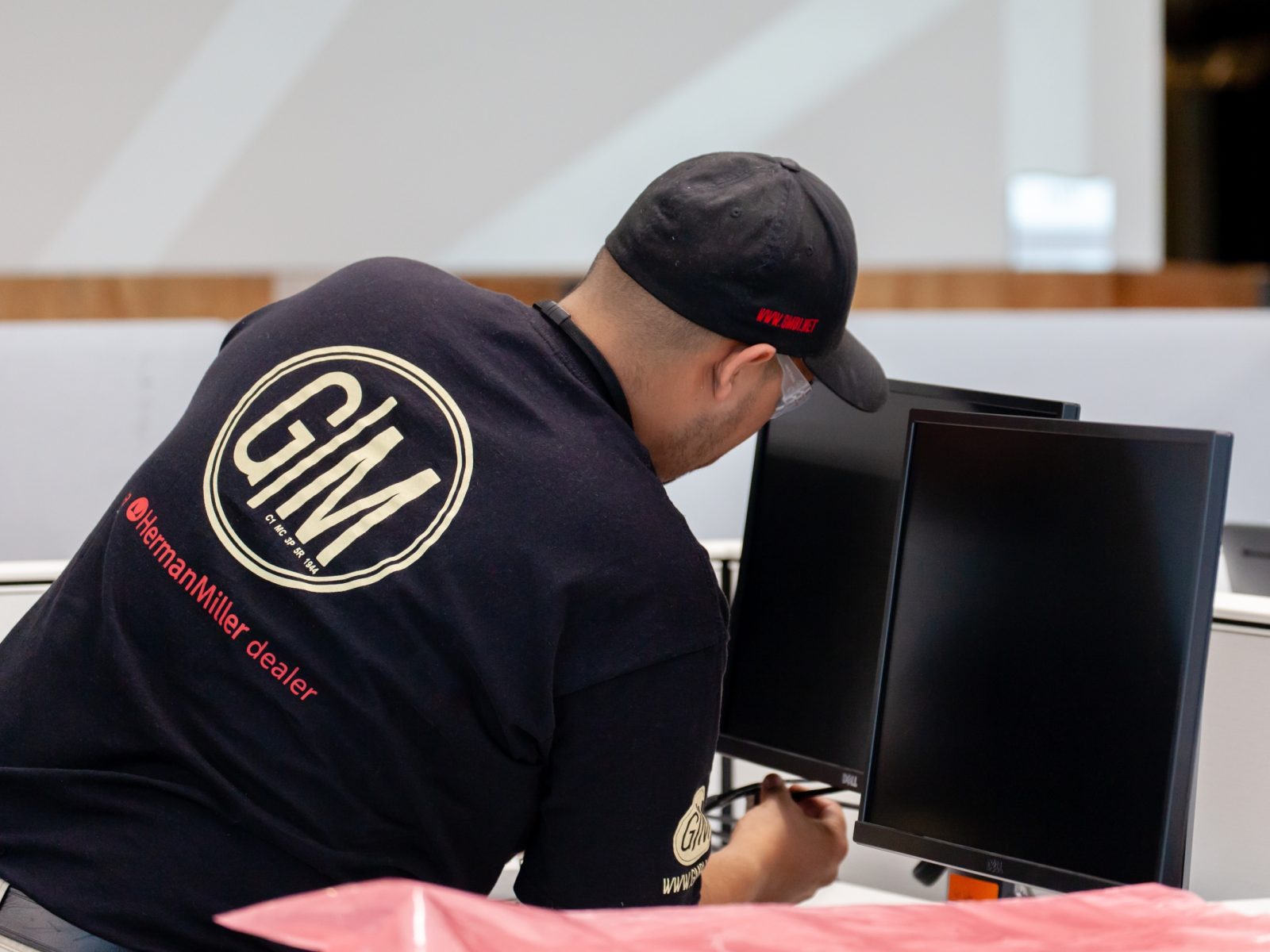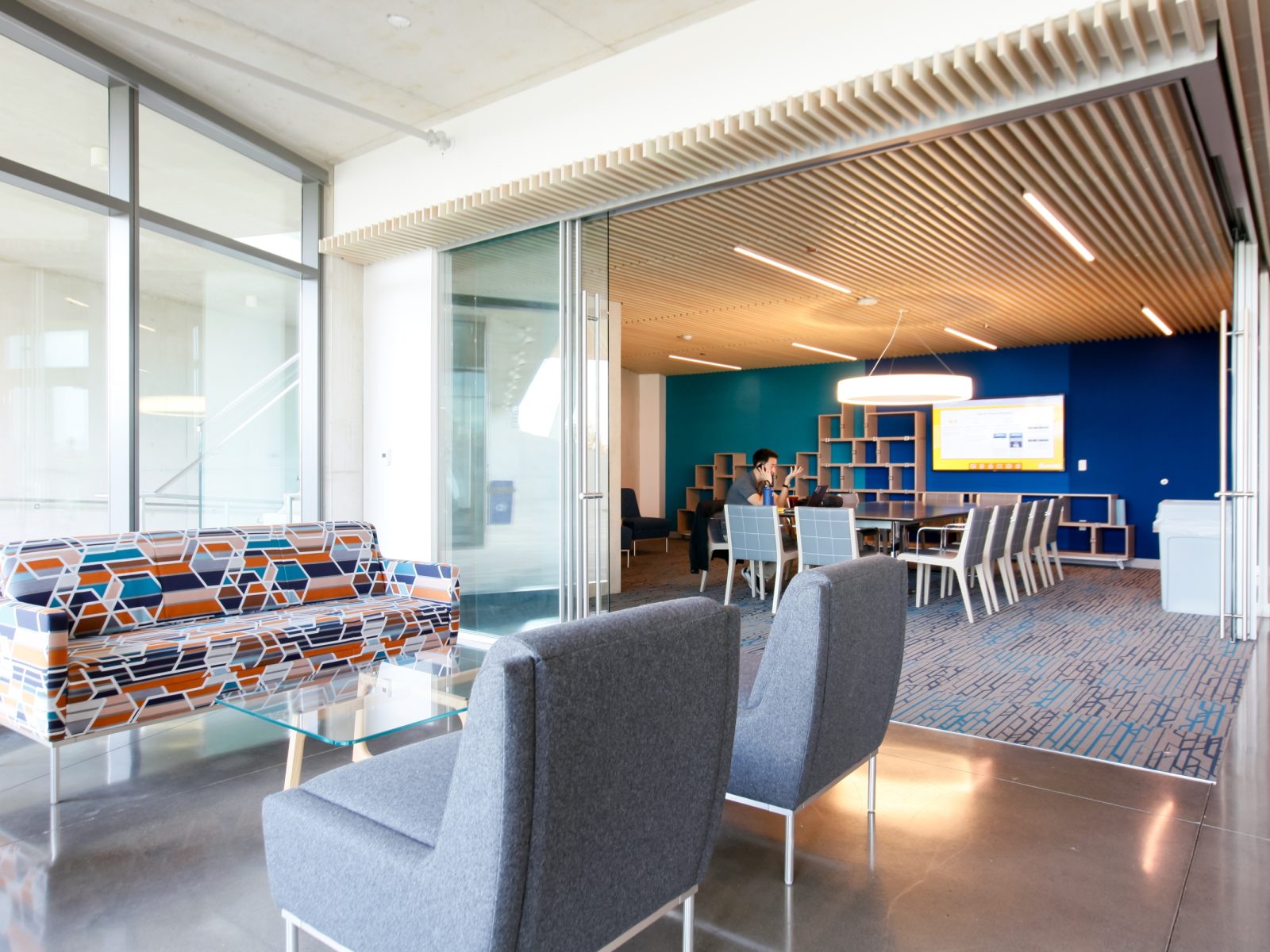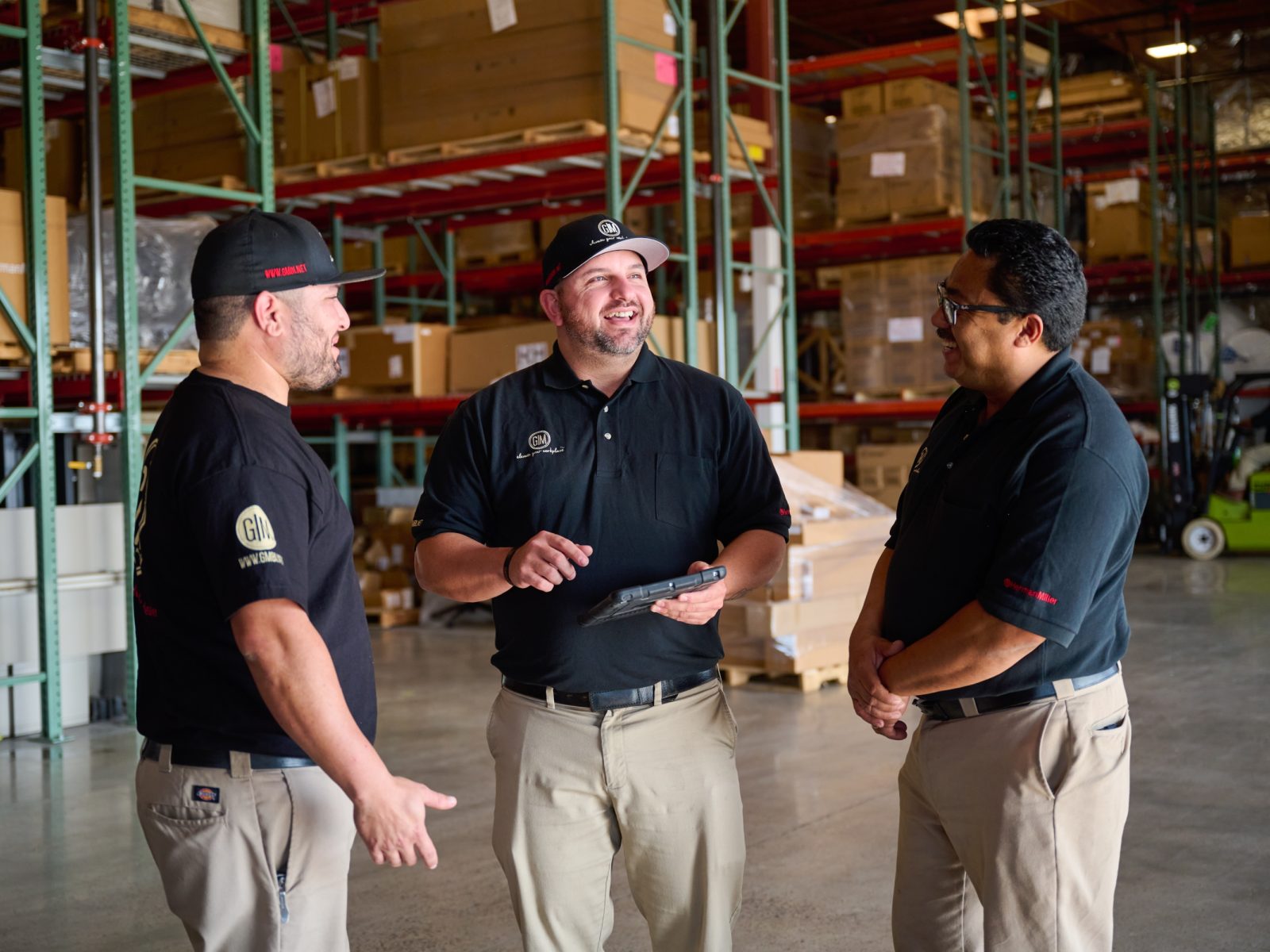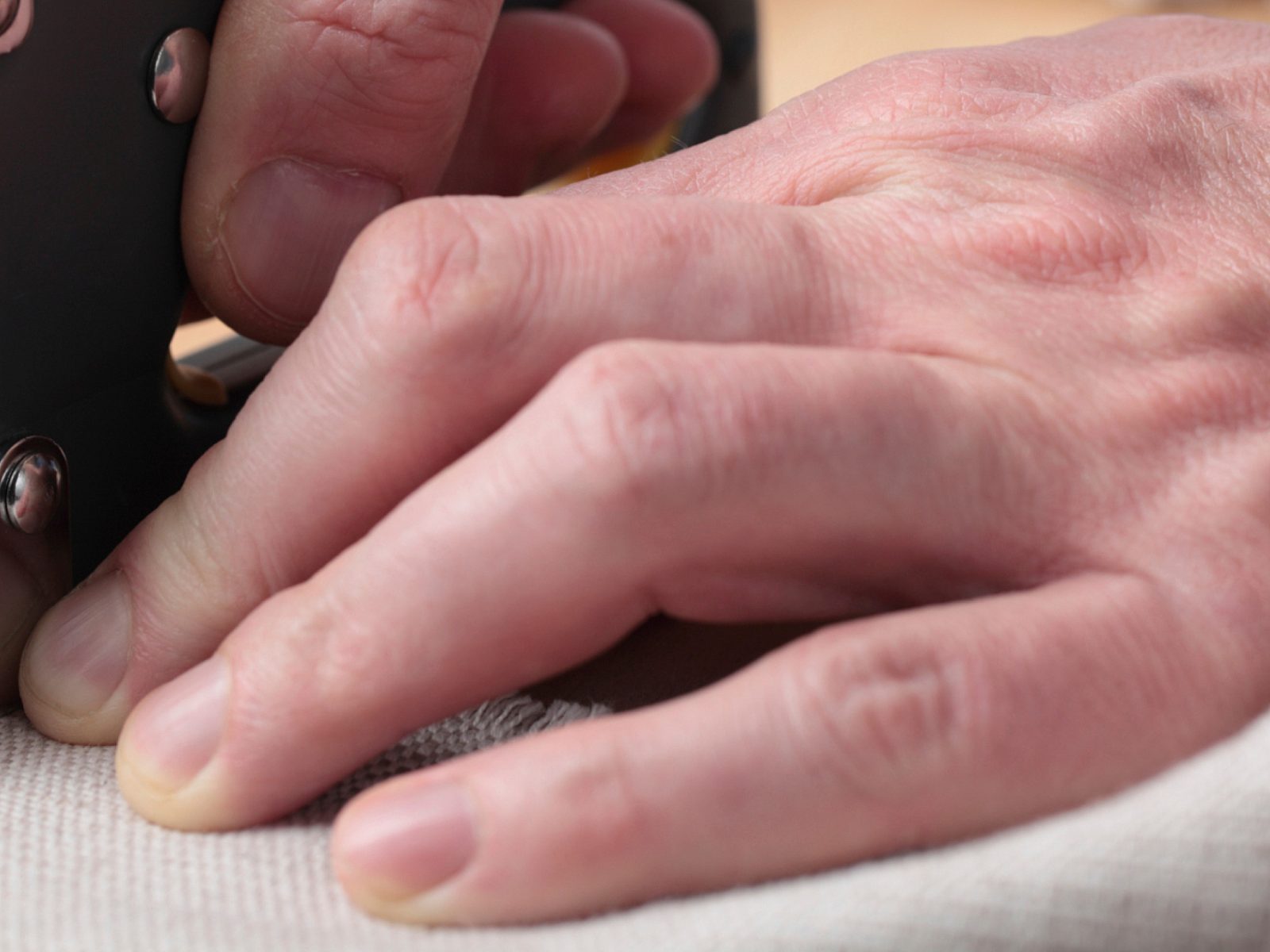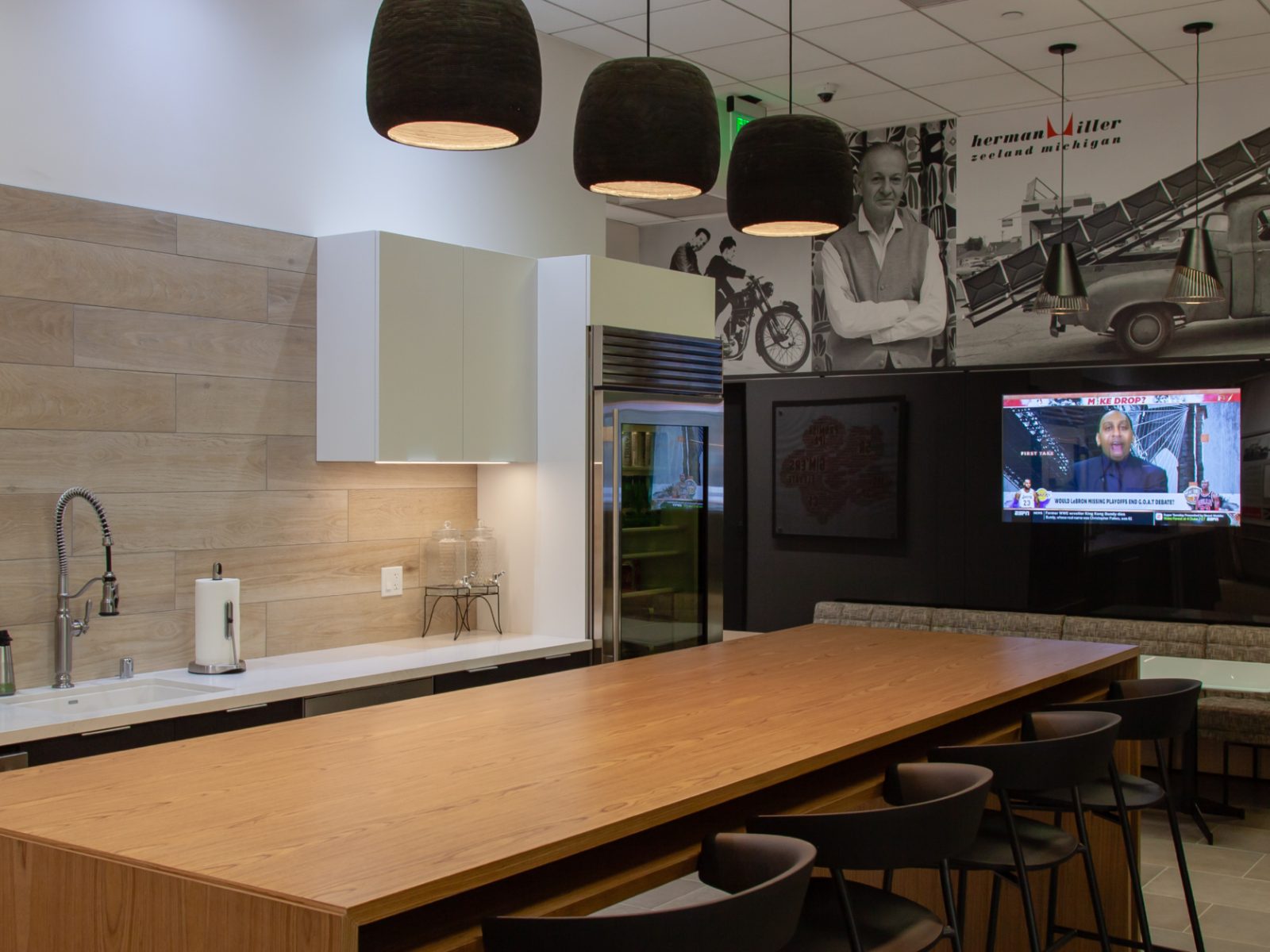How To Design Workplaces For Humans, Not Generations
It’s time to move beyond Millennials, and design for human beings. Which workstyle archetype are you? Soloist-Style, Mixed-Style, or Mobile Mixed-Style?

By now we’ve all heard about how Millennials are the fastest growing generation in the workforce. In fact, according to the Pew Research Center, in 2016 Millennials became the largest generation in the U.S. labor force, surpassing the 53 million Gen X’ers with a staggering 56 million people working or looking for work by 2017. That’s just over one third of the workforce population. In response, companies are making major real estate and policy decisions based on what they think Millennials want, with the sole purpose of recruiting and retaining the best possible talent.
What does this all mean for the workplace of the future? For one thing, it means we’re looking at four to five different generations in the workforce and current, trending mainstream office design is disregarding 65 percent of them. What about those 53 million Gen X’ers who at present hold 51 percent of leadership roles in companies across the globe? And who’s designing for the 25 million Baby Boomers, also holding much of the decision-making power, who are still going strong well into their 60s and 70s? And then there are the 5 million-and-growing new-to-market Generation Z’ers (whom it seems we’re now calling iGeneration?) coming out of schools today fully-equipped with technical know-how? Many workplace articles—and, more generally, business op-eds—written today push design catering to those of us born between 1981 and 1996 with a seeming disregard for the other, larger two thirds of the population. But, we need to design for people of all ages, not just the slight majority.

